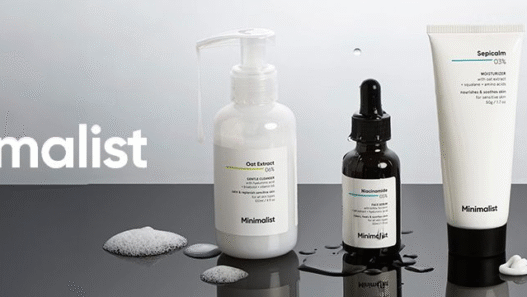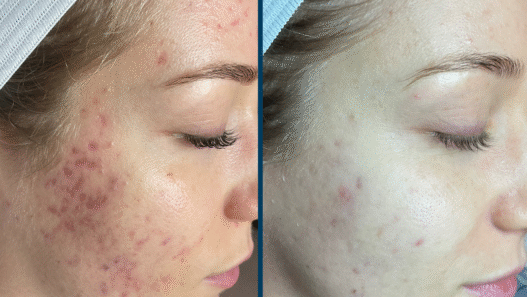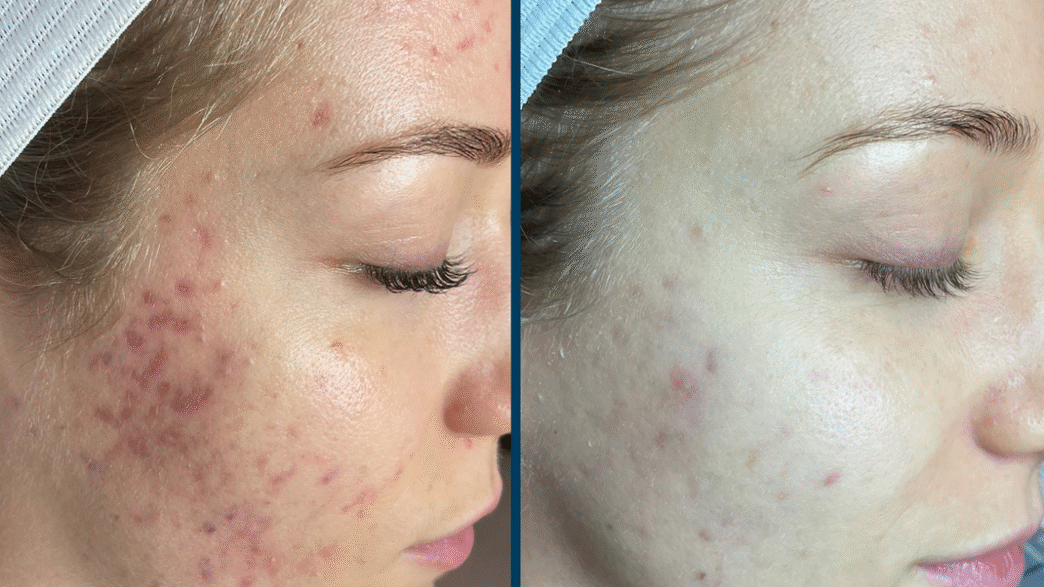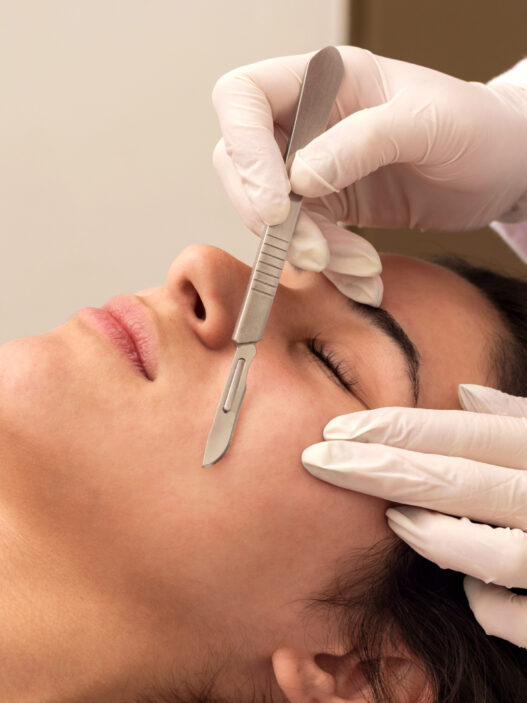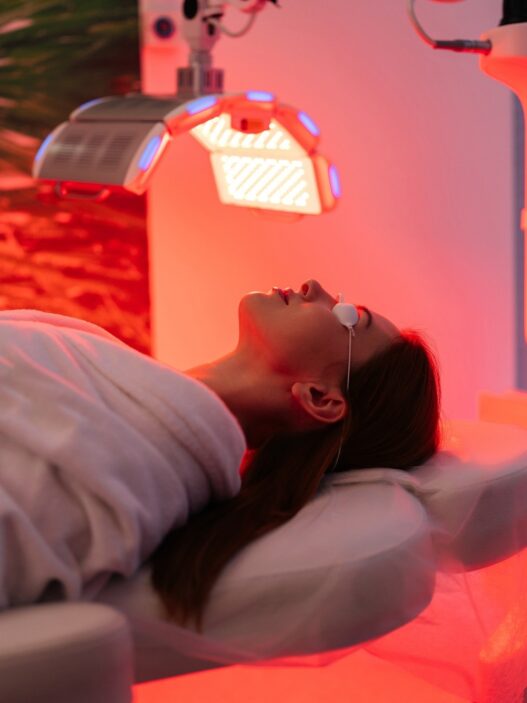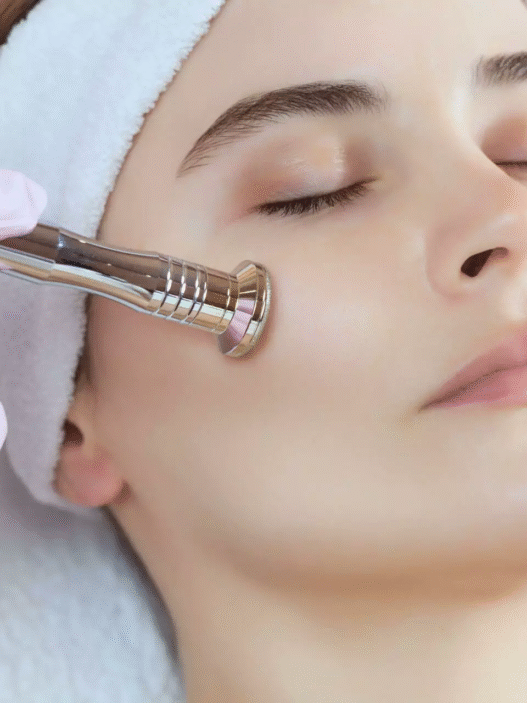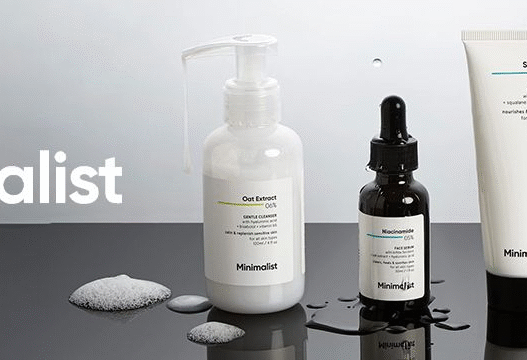Microneedling has become one of the most popular noninvasive cosmetic treatments for rejuvenation of the skin.
More commonly referred to as collagen induction therapy (CIT), the procedure is done by applying small needles that create micro injuries in the skin.
Though the concept of pricking the skin might bring fear, there is scientific proof that it is effective in provoking collagen production, enhancing the integrity of the skin, and addressing a wide range of dermatological issues.
What is Microneedling?
Microneedling is a non-surgical, dermal treatment wherein a device with multiple sterile, fine needles punctures the skin at different depths, most commonly ranging from 0.5 mm to 2.5 mm.
This triggers the body’s own natural repair process to result in greater collagen and elastin production, the structural proteins which are responsible for young, tight, and smooth skin.
As per a study in the Journal of Cutaneous and Aesthetic Surgery (2009), microneedling enhances the production of collagen and elastin tremendously and hence is a safe procedure for smoothing skin and diminishing scars.
How Microneedling Works?
The concept of microneedling is based on the body’s cascade of wound healing. In response to controlled micro-injuries of the skin, the following biological responses are triggered.
- Inflammatory Phase – the immune system reacts by elevating blood supply and depositing growth factors to stimulate repair.
- Proliferation Phase – Fibroblasts, cells responsible for collagen production, are activated, depositing new elastin and collagen fibers.
- Remodeling Phase – newly established tissues reorganize, leading to enhanced elasticity and thickness of the skin.
A study in Dermatologic Surgery (2014) concluded that patients who received microneedling had a 400% rise in collagen and elastin deposition at six months post-procedure.
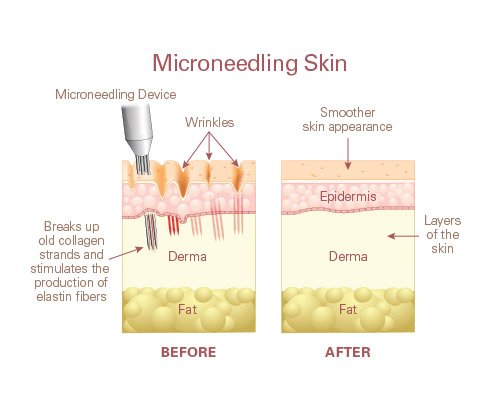
Advantages of Microneedling
Microneedling is popular because it has an extensive variety of advantages for which there are scientific facts.
Acne Scar Reduction – microneedling dismantles scar tissue and induces new skin. In a 2015 Journal of Clinical and Diagnostic Research study, there was significant improvement in acne scars after three treatments with microneedling.
Anti-Aging Effects – by inducing collagen production, microneedling reduces wrinkles, fine lines, and loose skin. It also increases thickness of the skin, so it feels tighter and looks younger.
Melasma and Hyperpigmentation – microneedling can effectively reduce clusters of excess melanin. It has been demonstrated in a study published in the journal of Cosmetic Dermatology (2018) that when combined with topical treatments, it produced dramatic melasma improvements.
Enhanced Topical Product Absorption – the small channels formed by needles increase the skin’s permeability. This allows the penetration of serums containing hyaluronic acid, vitamin C, or peptides to deeper levels and thus enhances their potency.
Stretch Marks and Surgical Scars – microneedling can also reduce stretch marks and surgical scars. The American Academy of Dermatology (AAD) recognizes it as being safe and effective for scar revision.
Microneedling vs. Other Treatments
In contrast to laser resurfacing or chemical peels, microneedling has fewer risks, less downtime, and can be used on all skin types. Unlike ablative laser treatments, which have a risk of hyperpigmentation, microneedling is safer for darker skin tones.
Risks and Side Effects
While microneedling is largely safe, there can be mild side effects, including redness and swelling, temporary bruising or pinpoint bleeding, dryness and flaking of the skin. In some instances, poor sterilization can cause infection. To avoid this, it is important that microneedling be done by a qualified dermatologist or licensed professional.
After Care and Recovery
Post-treatment care is important to attain maximum results. It is advisable, according to dermatologists, to avoid sun exposure for a period of 48 hours. to apply gentle, moisturizing serums and broad-spectrum sunscreen daily. to avoid makeup for 24 hours to avoid irritation. Healing is usually completed 24 – 72 hours, with improvements evident in 4 to 6 weeks.
Who Should Not Have Microneedling
Microneedling is not suitable for everyone. The conditions listed below render it contraindicated unless they are cleared by a dermatologist
- Active infections or breakouts of the skin
- History of Keloid Scars
- Eczema, psoriasis, or any other chronic skin condition
- Pregnant or breast-feeding women
Takeaway
Microneedling is a science-supported, non-surgical skin rejuvenation process that delivers remarkable results for wrinkles, acne scars, hyperpigmentation, and skin texture.
Using the body’s own healing power, it stimulates elastin and collagen with minimal downtime. Backed by various studies confirming its safety and effectiveness, microneedling is a low-cost, effective, and dermatologist-recommended treatment for long-term skin wellness.
But it minimizes risks, it is always best to have it performed by an experienced practitioner with proper after-care. If there’s thinking of skin rejuvenation, microneedling could be a science-based solution to have smoother, tighter and better skin.





